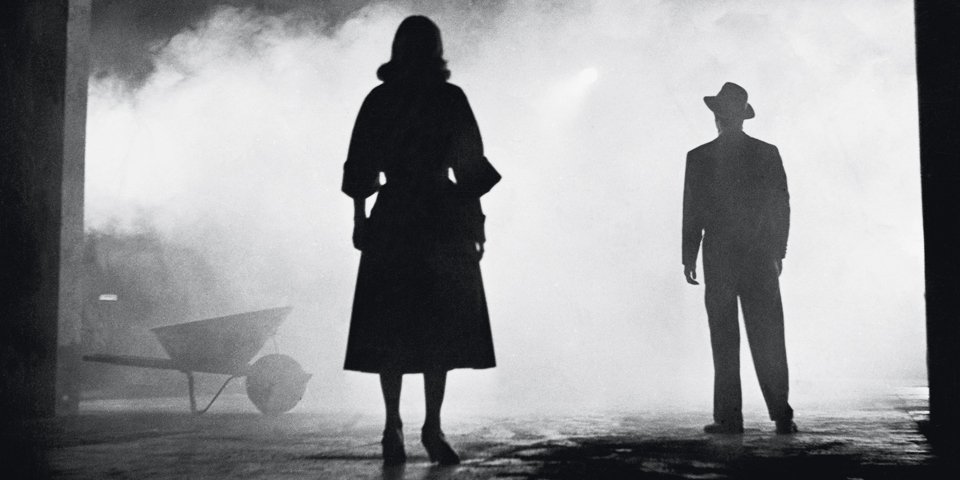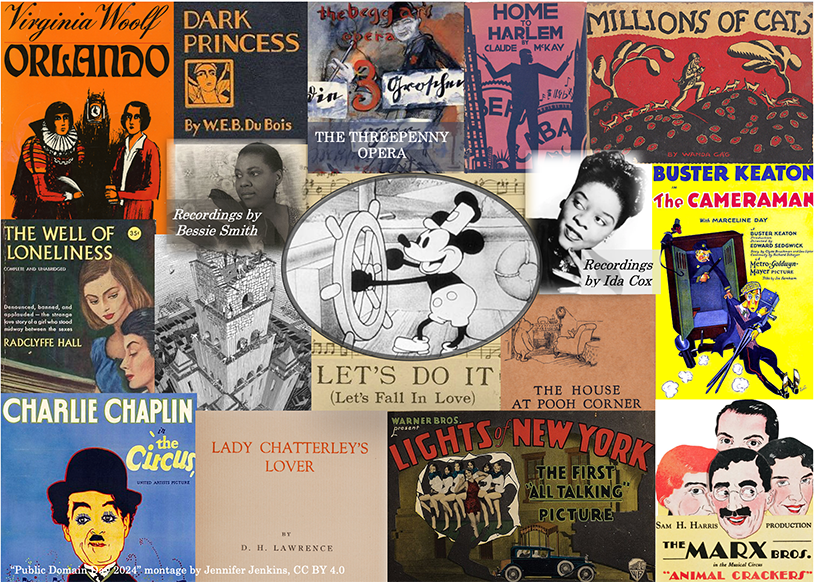Of the three collaborations jazz singer Cab Calloway made with cute cartoon legend Betty Boop, this 1933 Dave Fleischer-directed “Snow White” is probably the most successful. It certainly is the most strange—more hallucinatory than the first in the series “Minnie the Moocher”, and less slapstick-driven than “The Old Man of the Mountain.” It is a singular marvel and rightly deserves being deemed “culturally significant” by the United States Library of Congress and selected for preservation in the National Film Registry in 1994. It was also voted #19 of the 50 Greatest Cartoons of all time in a poll of leading animators.
When she made her debut in 1930, Betty Boop would have been recognizable to audiences as the embodiment of the flapper and the sexual freedom of the Jazz Age that was currently in free-fall after the Wall Street crash of 1929. Only a few years before her premiere, Boop would have been the mascot of the age; now she was a bittersweet reminder of a time that had already passed. With a champagne bubble of a voice, kiss curls, daring hemline, plunging neckline, and the ever present garter belt, she was a cartoon character definitely not designed for kids. That her best films are collaborations with Cab Calloway attest to that. Calloway would make sure his Betty Boop cartoons would screen in a city a week or two before he would play a gig. His “advance woman” as he called her helped sell more tickets.
Accompanying her in this film are the Fleischer’s original character Koko the Clown and Bimbo the Pup, which for this film are sort of empty vessels: they protect Betty, they get knocked out, and Koko gets inhabited by the spirit of Cab Calloway, who then turns into a ghost, all legs and head, no torso. (The ghost is animated through rotoscoping over Calloway’s own film footage.) The Queen, whose talking mirror changes his mind over “the fairest in the land” once seeing Betty Boop, sentences her to death, and then chases her through the underworld before turning into a dragon. At the end, Boop and her gang turn the dragon inside out like a sock, a gross gag not seen again (I’m going to guess) until one of the Simpsons’ Halloween Specials.
In the middle of all this bouncy, surreal mayhem is Calloway’s ghost singing “St. James Infirmary Blues,” a mournful tale of a dead girlfriend and the singers plans for the funeral. The origin of the song is shrouded in mystery, possibly a folk ballad by way of New Orleans jazz. Whatever the source, Koko/Cab sings it to the now frozen and entombed Betty Boop, with the seven dwarves as pallbearers. Koko/Cab turns into a number of objects during his dance, including a bottle of booze and a coin on a chain.
This Snow White does in fact take place during winter and writer Anne Blakeley makes the case that the flapper, the snow, the ice, the passage through the underworld, and Calloway’s song allude to a fall from grace, innocence to experience, through drug abuse—in particular the very snowy cocaine. (I mean, could be! But the film is so odd as to refute any definitive reading.)
The animation was designed and completed by one man: Roland Crandall, possibly as a reward from Fleischer for not leaving for the sunny west coast and the more profitable Disney. Crandall worked half a year on the project and that’s really what gives it its one of a kind nature. Every element, whether animated or in the background, has been lovingly rendered. Foreground and background fight for your attention, and when the film finishes, you want to start all over again to see what you missed.
Lastly, let’s praise the vibe of this film, which places its “star” on ice for half the film, and seems none the worse for it. “Snow White”—four years before Disney’s feature version—is a hypnogogic vision, a half-remembered daydream that takes place while the radio is turned down imperceptibly low.
The animation will be added to our collection, 4,000+ Free Movies Online: Great Classics, Indies, Noir, Westerns, Documentaries & More.
Note: An earlier version of this post appeared on our site in 2020.
Ted Mills is a freelance writer on the arts who currently hosts the Notes from the Shed podcast and is the producer of KCRW’s Curious Coast. You can also follow him on Twitter at @tedmills, and/or watch his films here.



